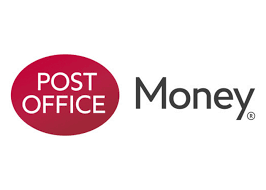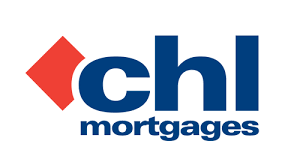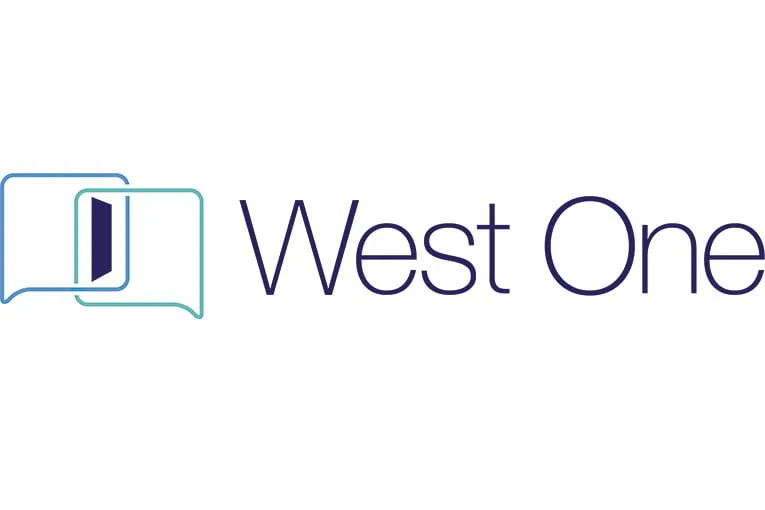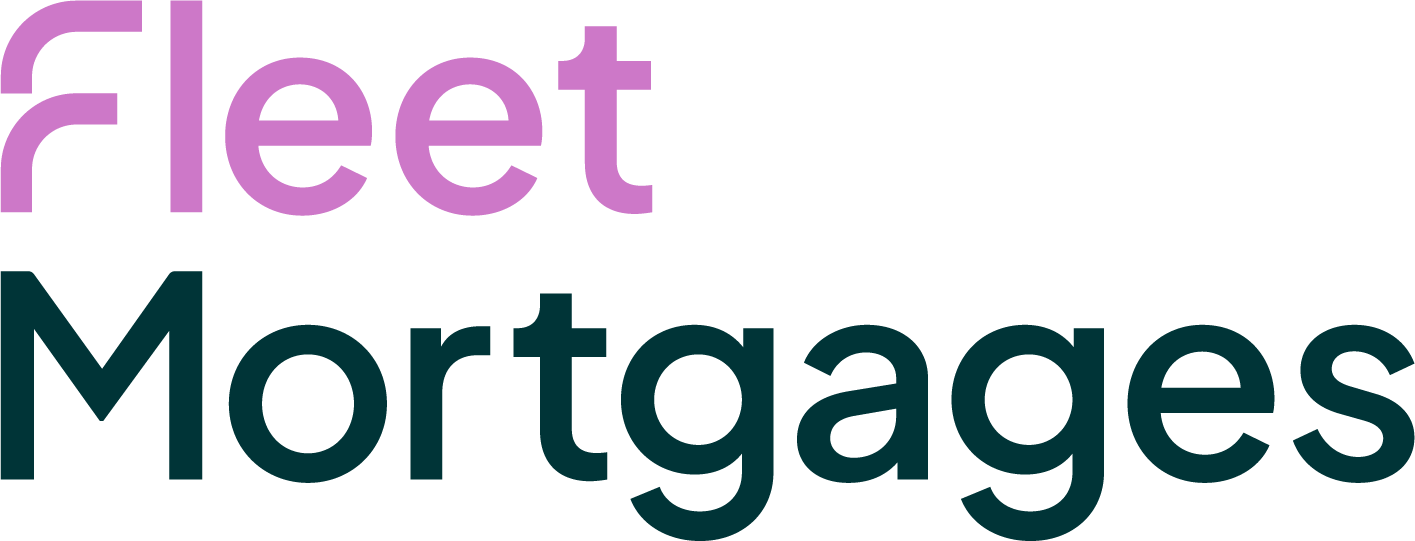Bridging Loans
A bridge loan is a short-term financing option used to cover the period between buying a new property and selling an existing one, providing secured funds to facilitate property purchase transactions.
Bridging loans are a powerful short-term funding solution that can help unlock property transactions when traditional mortgages aren’t fast or flexible enough. Whether you’re buying before selling, purchasing at auction, or refurbishing a property, bridging finance could be your key to moving forward.
Bridging finance is also commonly used for buy to let investments, especially when quick property acquisition or refurbishment is needed to maximise returns or recover from arrears.
Property value plays a key role in determining eligibility and loan amounts for bridging loans, as lenders assess the worth of the property to decide how much can be borrowed.
What Is a Bridging Loan?
A bridging loan is a short-term loan, usually lasting 3 to 24 months, designed to ‘bridge’ a gap between two property transactions or unlock capital quickly. The amount that can be borrowed depends on the loan to value ratio and the value of the current property used as security.
You can use bridging finance to:
- Buy a new property before selling your current one
Note: Bridging loans allow you to release equity from your current property. - Purchase auction property requiring fast completion
- Refurbish or convert properties not yet mortgageable
- Refinance quickly to raise capital
- Solve chain break scenarios
- Fund development projects before longer-term finance is in place
Bridging loans are secured against property and can be used for residential (regulated) or investment/commercial (unregulated) purposes. Lenders will assess how much equity you have in your current property to determine the maximum amount that can be borrowed, and the loan to value ratio will affect your borrowing capacity.
Regulated vs Unregulated Bridging Loans
Understanding the difference between regulated and unregulated bridging loans is crucial:
| Type | Regulated Bridging Loan | Unregulated Bridging Loan |
|---|---|---|
| Regulated by FCA | Yes (FCA regulated) | No |
| Purpose | Residential (main residence or family use) | Investment, development, commercial or second homes |
| Borrower Type | Homeowners or future homeowners | Property investors, developers, companies |
| Compliance | Stricter affordability & suitability checks | Looser criteria, more flexibility |
| Term | 3–12 months (extendable) | 3–24 months (typical) |
| Repayment | Via sale, remortgage, or refinance | Usually via refinance or asset sale |
| Speed | Fast but subject to regulation | Often quicker with flexible underwriting |
Bridging loans are always loans secured by a legal charge on the property. These charge loans can be structured as first charge loans or second charge loans, depending on whether there are other loans secured against the property.
The type of charge determines the lender’s priority for repayment if the borrower defaults. First charge loans have priority over any other loans or second charge loans, meaning the first charge lender is repaid first.
Examples of Bridging Loan Scenarios
- Regulated Example
You’re buying a new home before your current one sells. A bridging loan helps you complete the purchase while you wait to sell your existing property. If there are no other loans secured on the property, this would typically be a first charge loan, giving the lender first priority for repayment.
- Unregulated Example
You purchase an auction property needing major refurbishment. Traditional lenders won’t fund it in its current condition, but an unregulated bridging loan gives you the funds to buy and refurbish.
If there are other loans secured on the property, the bridging loan may be a second charge loan, meaning the lender is repaid after the first charge lender in the event of default. This affects the risk and cost of the loan compared to first charge loans.
Lenders Offering Regulated Bridging Loans
Most lenders have specific criteria regarding the types of properties they are willing to lend on and the maximum age of applicants.
| Lender | Max LTV | Min Loan | Term | Notes |
|---|---|---|---|---|
| Precise Mortgages | 75% | £50,000 | Up to 12 months | FCA regulated, suitable for chain breaks or downsizing, no maximum age limit |
| Together Money | 70% | £50,000 | 12 months | Flexible underwriting, accepts quirky properties |
| MT Finance | 70% | £100,000 | 3–12 months | Fast turnaround, regulated options |
| LendInvest | 75% | £75,000 | 12 months | Good for regulated purchases with strong exit |
| Roma Finance | 75% | £50,000 | 12 months | Good for simultaneous buy and sell situations |
| Aspen Bridging | 80% | £100,000 | 12 months | Dual legal representation available for speed |
Most lenders will lend up to a certain loan to value (LTV) ratio, and some have a maximum age limit for applicants, often up to 85 years at the end of the loan term.
Lenders Offering Unregulated Bridging Loans
When considering unregulated bridging loan lenders, it’s important to note that the charge lender holds a legal claim on the property. In the event of default, the first charge lender is paid before any other lenders.
| Lender | Max LTV | Min Loan | Term | Ideal For | Notes |
|---|---|---|---|---|---|
| Octane Capital | 75% | £100,000 | 3–24 months | Refurbs, auction, development | The term ‘fee’ here refers to the priority of the charge, not an actual cost. |
| TAB | 70% | £100,000 | 6–18 months | Commercial, semi-commercial | |
| Shawbrook Bank | 70% | £100,000 | 3–18 months | Portfolio investors | |
| MT Finance | 70% | £100,000 | 3–18 months | Light refurb & auction purchases | |
| Castle Trust | 75% | £100,000 | 3–24 months | Developer-friendly | |
| Together Money | 70% | £50,000 | 12 months | Complex credit or property types | |
| LendInvest | 75% | £75,000 | 12–18 months | Strong for semi-commercial assets |
Approval from the first charge lender is required before a second charge loan can be arranged.
Uses of Bridging Loans
Bridging loans are a highly flexible form of finance, making them a popular choice for both individuals and businesses facing a temporary funding gap. Property investors often use a bridging loan to secure a new property before selling their existing one, allowing them to move quickly in a competitive market. This short term method of financing is also ideal for those looking to purchase properties at auction, where fast completion is essential.
Beyond property transactions, bridging loans can support business expansion such as acquiring new premises, purchasing equipment, or funding a new project by providing quick access to a lump sum.
Businesses and individuals may also use bridging finance to cover unexpected expenses or to seize time-sensitive investment opportunities. With a bridging loan, borrowers benefit from the ability to set a fixed repayment date or establish a clear exit strategy, ensuring the loan is repaid once longer-term finance or sale proceeds become available. This versatility makes bridging loans a valuable tool for bridging financial gaps and unlocking new opportunities.
Bridging Loan Process
The process of obtaining a bridging loan is designed for speed and efficiency, but it still involves several important steps. First, borrowers need to identify a suitable lender, this could be a traditional bank, a specialist lender, or an independent lender with experience in bridging finance. The application will require details about the property being used as security, as well as information about the borrower’s credit history and financial circumstances.
The lender will assess the property’s value and the borrower’s ability to repay, determining the maximum loan amount and the applicable interest rate. Once approved, the funds are released quickly, allowing the borrower to move forward with their property purchase, business expansion, or other financial need.
During the loan term, borrowers may make monthly repayments, these could be interest-only or include capital, depending on the agreement. At the end of the loan term, the borrower must repay the loan in full, typically by selling the property, refinancing with a mortgage, or using other funds. Throughout the process, the property serves as security for the loan, helping to reduce risk for the lender and potentially improving the terms for the borrower.
Pros and Cons of Bridging Loans
| Pros | Cons |
|---|---|
| Fast access to funds (as little as 5–10 days) | Higher interest rates than traditional mortgages |
| Flexible underwriting (credit issues often accepted) | Exit strategy required (must repay within term) |
| Perfect for auction, chain breaks, and refurbishment | Valuation & legal fees may be higher |
| Can secure against multiple properties (cross-charging) | Regulated loans subject to stricter scrutiny |
| Can borrow with poor or limited credit history, bridging loans may be available even if a credit check reveals bad credit, though terms may differ | Can be risky if exit strategy fails; applicants with bad credit may be considered higher risk and could face higher interest rates or stricter criteria |
Bridging loans differ from personal loans and secured loans in several ways. Personal loans are typically unsecured, have fixed repayment terms, and are often for smaller amounts, making them suitable for general borrowing needs.
Secured loans, on the other hand, require property as collateral, can accommodate larger sums, and usually offer lower interest rates, but carry the risk of repossession if repayments are missed. Bridging loans are usually secured, offer fast access to larger amounts, and may be available to those with bad credit, but often come with higher costs and stricter exit requirements.
What You Need to Apply for a Bridging Loan
While documentation requirements are more flexible than standard mortgages, you will typically need:
- Clear Exit Strategy (e.g. sale, remortgage)
- Proof of income (for regulated)
- Asset details & valuations
- Property address(es) to be used as security
- Solicitor details (dual rep is often possible)
- Company documents if applying via a limited company
- Planning permission documents (for development projects)
Applicants can usually choose between fixed rate and variable rate interest options. A fixed rate offers stability and predictable payments throughout the loan term, while a variable rate may provide more flexibility but can fluctuate with the Bank of England base rate.
Exit Strategies
A well-defined exit strategy is a cornerstone of any successful bridging loan application. The exit strategy outlines exactly how the borrower intends to repay the loan at the end of the agreed term. Common exit strategies include the following, selling the property used as security, refinancing with a traditional mortgage, or using other available funds to clear the balance.
Lenders will require a clear exit strategy before approving a bridging loan, as it directly impacts the risk profile and the interest rate offered.
Borrowers should carefully consider their exit strategies, taking into account market conditions, the likelihood of a successful property sale, or the availability of long-term finance. A robust exit plan not only increases the chances of loan approval but also helps secure more favorable loan terms and interest rates. By planning ahead, borrowers can avoid the risk of default and ensure a smooth, stress free repayment process.
Important Considerations
- Exit Plan is Key: Whether regulated or unregulated, lenders want to know how you’ll repay the loan. The type of bridging loan matters. An open bridging loan has no fixed repayment date and offers flexibility when your timeline is uncertain, while a closed bridging loan has a fixed repayment date, making it suitable when you know exactly when you can repay (such as after a property sale or maturing investment).
- Interest Can Be Rolled-Up: Most bridging loans don’t require monthly repayments interest is ‘rolled up’ and paid at the end.
- Valuation May Be Higher: Bridging lenders often use their own valuation panels.
- Other Forms of Security: In addition to property, other forms of security such as valuable cars, rare artwork, or other high-value assets may be accepted as collateral depending on the lender and circumstances.
- Legal Process: Dual representation may speed things up, but independent legal advice is often required in regulated bridging.
Bridging Products
There is a wide range of bridging products available, each tailored to different needs and circumstances. Open bridging loans offer flexibility, as they do not require a fixed repayment date, ideal for borrowers who are unsure exactly when their funds will become available. In contrast, closed bridging loans have a set date for repayment, providing certainty for both borrower and lender.
For those with an existing mortgage, second charge bridging loans allow you to borrow against the remaining equity in your property, while first charge bridging loans are secured against properties with no outstanding mortgage.
Commercial bridging loans are specifically designed for business purposes, such as purchasing a new property or funding a business project, and can be a valuable tool for business owners seeking short term borrowing.
Unregulated bridging loans, which are not regulated by the Financial Conduct Authority, are typically used for investment or commercial purposes and may offer more flexible lending criteria.
When choosing between bridging products, it’s important to consider your individual circumstances, the type of property involved, and your preferred repayment structure. The right product can help you secure the best deal, manage your interest rate, and ensure your bridging finance works for you.
Why Use a Specialist Mortgage Broker?
Bridging finance is a specialist product and using a broker ensures:
- Access to the right lenders for your scenario (many don’t deal directly with borrowers)
- Help navigating FCA rules for regulated bridging
- Expert structuring for speed and flexibility
- Clarity on fees, interest rates, and exit routes
- Reduced risk of delays or rejection
A broker can also help you get a bridging loan by assessing your eligibility and guiding you through the application process, taking into account factors such as land ownership, self-employment, bad credit, or retirement age.
Bridging loans are an essential tool for property buyers and investors looking for quick access to capital. Whether you need to secure a property at auction, fund a refurbishment project, or bridge the gap between buying and selling, a bridging loan offers a flexible, fast solution.
While bridging loans come with higher interest rates than traditional mortgages, they provide the speed and flexibility needed in today’s fast-paced property market. By working with a specialist mortgage broker, you can identify the right lender and secure the best terms for your specific needs.
Get help from an experienced mortgage broker.
You can speak to one of our specialist mortgage brokers who would be able to guide you through the process. They will advise if there is a lender available and the maximum loan amount based on your circumstances. We are a whole of market mortgage brokerage with access to all lenders. Call us on 01332 470400 or complete the form with your details for us to give you a call back.
Why Work with Option Finance for Commercial Mortgages?
At Option Finance, we specialise in mortgages for complex credit scenarios. Our team works with all major bad credit lenders and has access to exclusive deals that aren’t available on the high street.
Understanding one’s credit report from a credit reference agency can help in securing a mortgage.
Over 20 years of experience
Full market access to specialist lenders
Fast, honest, and personalised mortgage advice
Expert help with complex or recent credit issues
Showing our favourite reviews

Always attentive, helpful and efficient
Jonathan, 27 Jan 2025

Best Mortgage Broker in the UK!
Liam, 26 Nov 2024

Ben was really helpful in helping me…
George, 28 Aug 2024
FAQs
What is a bridging loan and how does it work?
A bridging loan is a short-term, secured loan used to ‘bridge’ the financial gap between buying a new property and selling an existing one. Typically lasting 3 to 24 months, it allows you to access funds quickly for purchases, renovations, auction properties, or development projects. The loan is secured against property and repaid through a clear exit strategy like a property sale or remortgage.
What is the difference between regulated and unregulated bridging loans?
Regulated bridging loans are FCA-regulated and used for residential property where the borrower or a family member will live.
Unregulated bridging loans are used for investment or commercial purposes and are not regulated by the FCA.
Regulated loans have stricter affordability checks, while unregulated loans offer greater flexibility and are popular with investors, developers, and companies.
How much can I borrow with a bridging loan?
The amount depends on the loan-to-value (LTV) ratio, your property’s value, and equity. Most lenders offer up to 75–80% LTV, with minimum loans starting from £50,000. Your credit history, exit strategy, and the type of bridging loan (first or second charge) also affect your borrowing potential.
What can bridging loans be used for?
Bridging loans can be used for a wide range of purposes, including:
Buying a new property before selling your existing one
Auction purchases requiring quick completion
Refurbishment or conversion projects
Chain breaks in property sales
Business expansion or urgent capital needs
Development finance ahead of longer-term funding
They are popular among property investors, developers, and landlords looking for fast, flexible finance.
What are the risks of taking out a bridging loan?
While bridging loans offer speed and flexibility, they come with higher interest rates and require a strong exit strategy. Risks include:
Inability to repay if your property doesn’t sell or refinance fails
Valuation or legal delays that can increase costs
Higher fees and charges compared to traditional mortgages
Risk of repossession if repayments are missed on a secured asset
Always consult a specialist mortgage broker to ensure bridging finance suits your needs and repayment plan.
Ready to Take the First Step?
Whether you’re a first-time buyer, remortgaging, or moving home, bad credit doesn’t have to hold you back.
Understanding credit scoring can help you prepare for a mortgage application. You can speak to one of our specialist mortgage brokers who would be able to guide you through the process. They will advise if there is a lender available and the maximum loan amount based on your circumstances. We are a whole of market mortgage brokerage with access to all lenders.
































